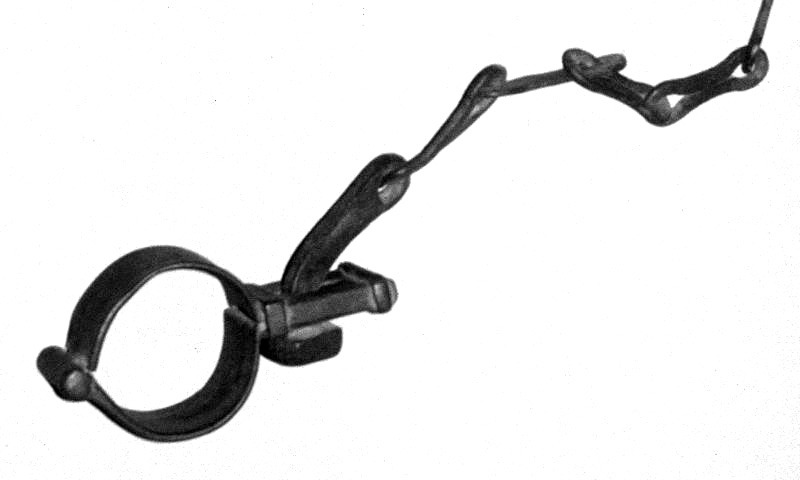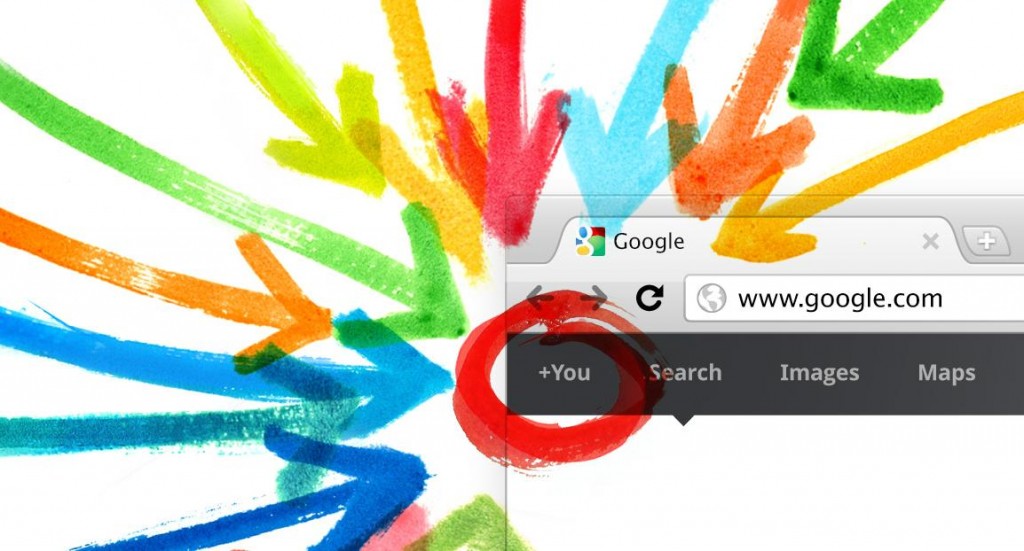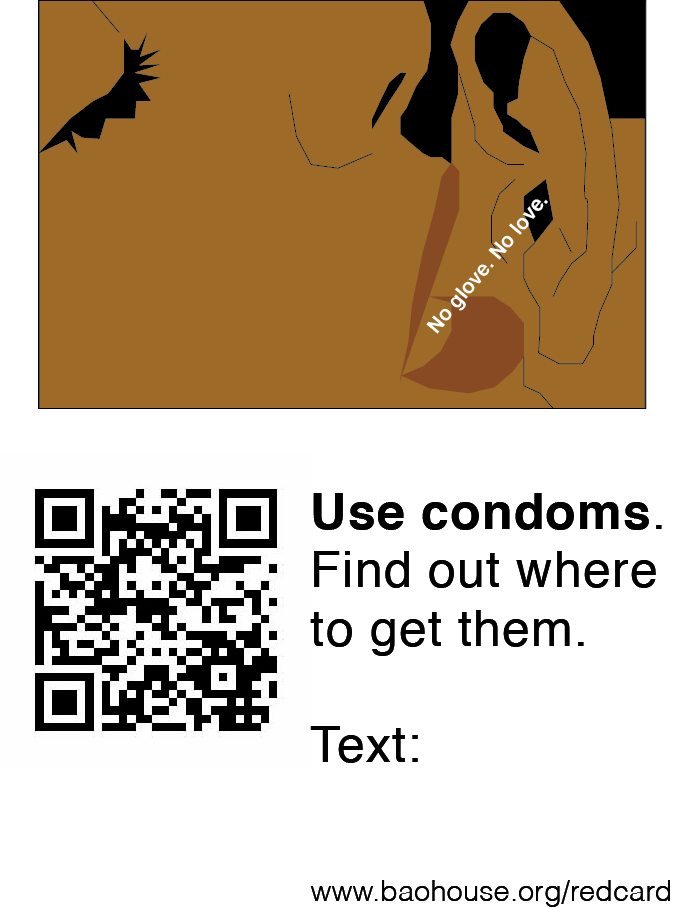A “catfish” is someone who misrepresents themselves online. This is all you really need to know about the movie catfish. The rest is kind of hard to describe, like trying to explain the movie Inception after you just watched it one time. I don’t want to debate the authenticity of the film, because it doesn’t really matter to this discussion (read about it on the wiki). I want to talk about the film’s noteworthy use of social media and the probing questions that it raises for scholars of new technology and Web 2.0.

The film incorporates social media in a very integral and experiential way. The producers take a pretty postmodern approach to depict the characters and draw out the narrative of the film. Mirroring some of the techniques seen Cloverfield or the Blair Witch Project, similar pseudo-documentary mystery narratives, hand-held cameras and panning screenshots allow us to experience the characters, to develop the plot arc, and to eventually come to the realization that all is not what it seems. We experience the characters through social media, as the protagonist Nev is gradually introduced to the family of a young girl Abby. The camera pans across grainy computer screens, as Nev clicks through the Facebook profiles of the films characters and we, by proxy “get to know” these characters. The point of this exercise is for the viewer to gradually build trust for the characters alongside the central character Nev. So in effect, the film takes the technique of Takashi Miike in Audition The film builds this trust and then quickly shatters it, at which point the trust we had for the characters is broken. more...










